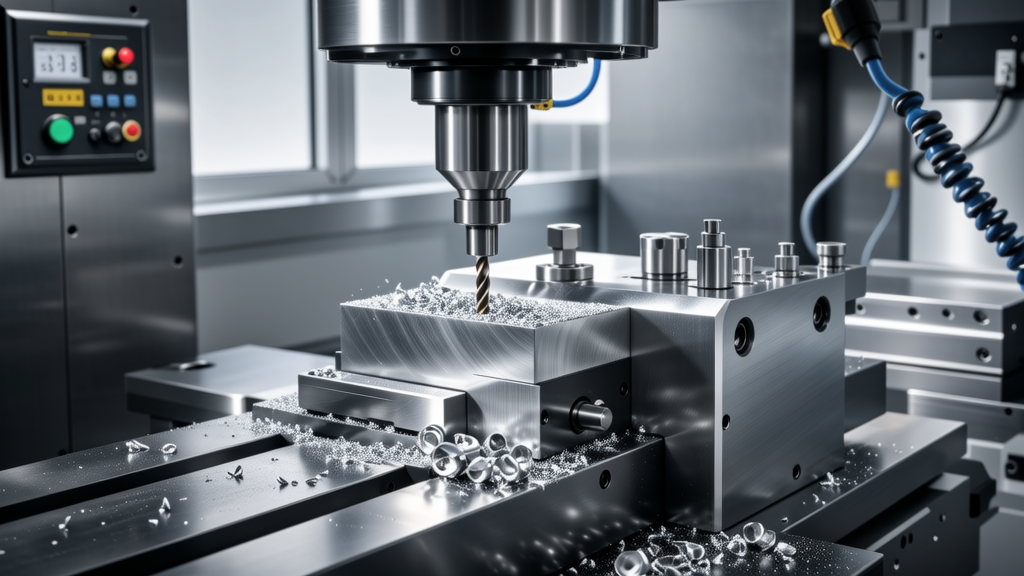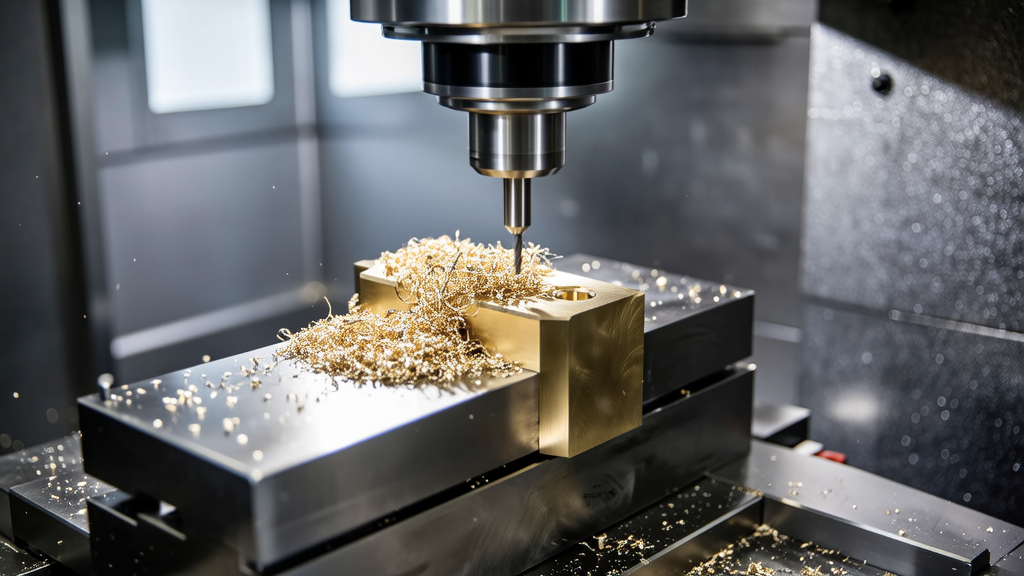Identifying Common Precision Issues
Before diving into solutions, let’s look at some common precision problems you may encounter in CNC machining:
I remember a time when I was trying to help a colleague at ly-machining. We had a batch of components that were consistently off by a few millimeters, and it was driving us nuts. After some investigation, we realized that a minor misalignment in the tool holder was the culprit. Once we addressed that, we saw immediate improvements.
Steps to Resolve Precision Issues
Step 1: Regular Machine Maintenance
One of the biggest culprits behind precision issues is improper machine maintenance. Regular checks and maintenance can make a world of difference. Schedule regular calibration sessions, and this doesn’t have to be a hassle. It can be as simple as checking alignment, lubricating moving parts, and ensuring that everything is functioning smoothly.
I met someone at a trade show who swore by a weekly maintenance checklist. He mentioned that since implementing it, his production accuracy improved significantly. If you’d like, I can share a basic checklist with you!
Step 2: Use High-Quality Tools
The quality of your tools plays a gigantic role in the final product. If you’re using dull or worn-out tools, it’s time for an upgrade. Investing in high-quality cutting tools can reduce wear and tear, improving the quality of your cuts dramatically.
I recall a job we had where we switched to premium carbide tools, and the difference in surface finish was stark. It wasn’t just an aesthetic upgrade; it also saved us from a lot of rework that came with lower quality tools.

Here’s a quick overview of tool types and their benefits:
| Tool Type | Material | Durability | Cost |
|---|---|---|---|
| HSS | High-Speed Steel | Medium | Low |
| Carbide | Carbide | High | Medium-High |
| Ceramic | Ceramic | Very High | High |
Using this comparison can help you choose the right tools based on your specific needs.
Step 3: Improve Process Control
Another essential aspect is process control. Implementing or enhancing your quality management system can help you monitor the manufacturing process in real-time, allowing you to identify anomalies early on.
For instance, integrating sensors on your machinery can give you live feedback on performance metrics, helping you make adjustments before defects occur. Last month, we had an instance where we caught a machine fault early due to our monitoring system, preventing what could have been a costly error.
Conclusion
Precision in CNC machining doesn’t have to be a pain point. By routinely maintaining equipment, investing in quality tools, and refining process controls, you can enhance the accuracy of your production. If you find yourself facing precision challenges, consider trying out these strategies. They’re tried and tested, and I think you’ll notice the difference, too!

What are some common precision issues in CNC machining?
You might experience dimensional inaccuracies, where the parts don’t match the specified measurements, leading to assembly problems. Another issue could be variations in surface finish, often caused by incorrect feed rates or tool wear. Don’t forget about tooling errors either; worn tools can really impact your machining accuracy and often need frequent replacements.
Machine alignment issues also come into play. If your machinery isn’t properly calibrated, it can result in ongoing precision issues that seem hard to shake off. Addressing these problems early on is crucial for better productivity.
How can regular machine maintenance help with precision issues?
Regular machine maintenance is key for keeping your CNC machines running smoothly. It’s like giving your equipment a health check-up every now and then. By scheduling regular calibration sessions, you can identify and fix issues before they escalate, ensuring that everything stays aligned and accurate.
A friend of mine has seen his production accuracy improve significantly after implementing a weekly maintenance checklist. It really doesn’t have to be complex; just ensure that you’re performing routine checks on the alignment and lubrication of your machines.
Why is using high-quality tools important in CNC machining?
The quality of your tools can make a huge difference in your final product. Using lower quality tools often leads to tangible drawbacks like dimensional inaccuracies and poor surface finishes. Investing in high-quality cutting tools can greatly enhance the quality of your work and reduce wear and tear.
For example, when we switched to premium carbide tools, we noticed a significant improvement in surface finish. This upgrade not only helped us produce better parts but also cut down on the need for rework, which can save both time and money.
What can I do to improve process control in CNC machining?
Improving process control is all about enhancing your quality management system. By monitoring your manufacturing processes in real-time, you can catch issues before they lead to defects. Sensors on your machinery provide live feedback on performance, allowing for quick adjustments when necessary.
For instance, we had a situation where our monitoring system alerted us to a machine fault early on, preventing what could have turned into a costly mistake. Keeping a close eye on your processes really pays off in the long run.








